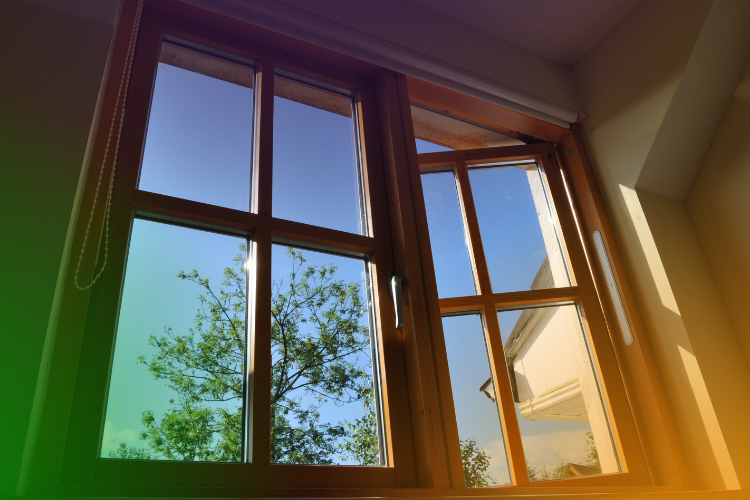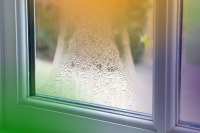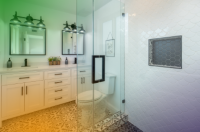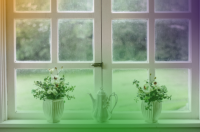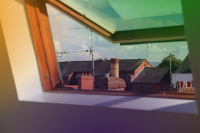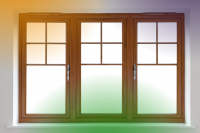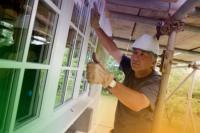For the majority of homeowners in the UK, there are no restrictions on them changing whatever windows they have at present for double or even triple glazed units.
However, for a minority of people who own a listed building, or who live in a conservation area, there are strict rules about what they can do to their homes, both internally and externally.
These homeowners want to save money on their energy bills just like the rest of us, and they have several options when it comes to their windows.
Double glazed wood or sash windows
Most people think that installing double glazing means using white uPVC frames.
Understandably, conservation officers are reluctant to agree to the use of these sorts of frames in historic buildings, but they may be more inclined to accept windows with wooden frames, which are made to look as much like the original windows as possible.
It can be tricky to find a window company which can work closely with both homeowner and the local Council to come up with a design which everyone is happy with, and it’s often best to look for a small, independent firm to help with this rather than a large multinational firm which mass produces uPVC windows only.
Going through the planning process or getting approval from the conservation department of the local Council can take months, but with heavy fines for those who do not stick to the rules, it’s a process which has to be followed.
Secondary glazing as an alternative to double glazing
Secondary glazing is another great alternative when you are not allowed to replace the original windows, or if you have a limited budget.
Secondary glazing, as the name suggests, means putting a second pane of glass into the window opening, just inside the original window.
The appearance from the outside is unchanged, but the homeowner gets the benefits of cost savings when compared with single glazing.
It is still important to run any plans for secondary glazing past the planning officers to make sure it conforms.
Installing secondary glazing is less disruptive than having all of the windows removed and replaced, and you can expect to pay around £500 per window to have secondary glazing custom made to fit.
Prices vary considerably depending on the type of glazing you choose and the size of the windows, so make sure you get at least three quotes in writing and compare prices and deals carefully before making your final choice.
DIY solutions for double glazing
For those on a really limited budget, or in a rented property where they are not allowed to make major changes, the DIY option is a good one.
Many large DIY stores sell shrink to fit film which you place on the panes of the window, and the heat it with a hairdryer to form a second pane on the inside of the window.
This trick only costs a few pounds, and should stop as much heat escaping through the glass.
